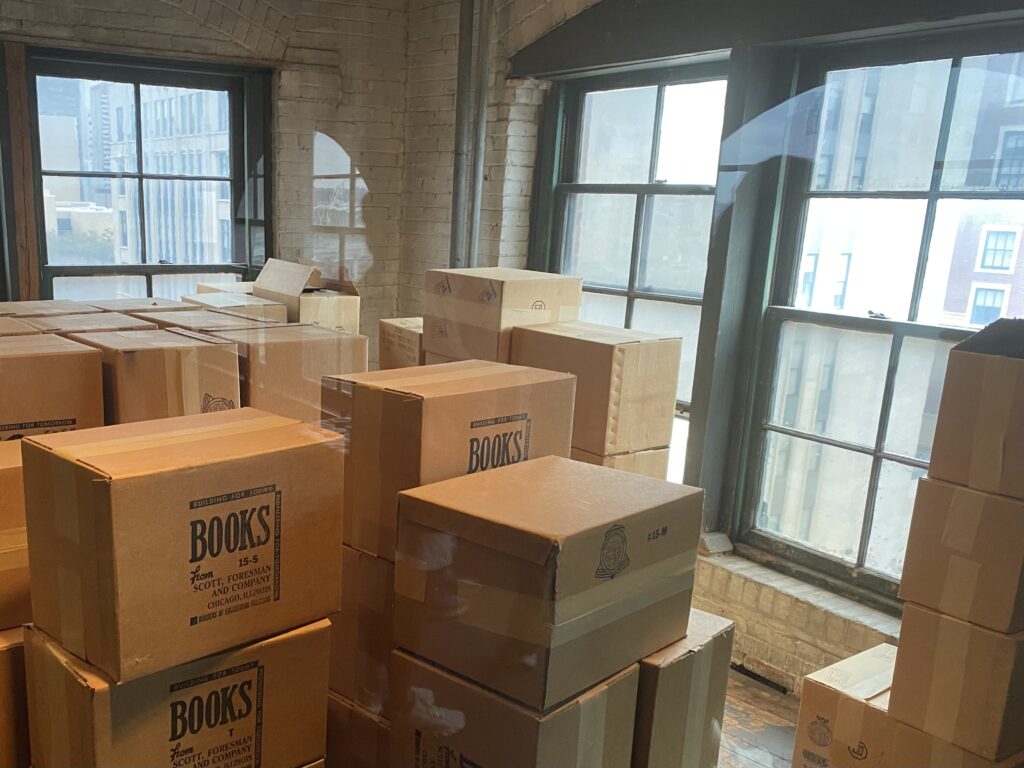
By David A. F. Sweet
DALLAS — If you’re an out-of-towner who’s going to write a piece on the Sixth Floor Museum at Dealey Plaza – informally known as the JFK Assassination Museum — it’s appropriate to land at Love Field, After all, that’s where President John F. Kennedy arrived on Nov. 22, 1963, where he was greeted by an enthusiastic crowd, one thrilled to see him and his wife, Jacqueline.

The Kennedys were welcomed by a massive crowd as they were driven through downtown Dallas.
When the plane departed less than four hours later, a new President, Lyndon Johnson, had just been sworn in on board – and the previous one was lying in the rear, ensconced in a casket.
In the lifetime of any U.S. citizen who has reached the age of 90, there have been three seismic, unforgettable events: the attack on Pearl Harbor, the Kennedy assassination, and 9/11. The first destroyed ships at a massive naval base and brought the United States into World War II: the third obliterated the two tallest structures in our nation’s largest city and began the global war on terror. But the middle one happened in an area that, aside from the white colonnades in Dealey Plaza, is so nondescript that it belies the significance of what occurred.
The former Texas School Book Depository is today the site of the Sixth Floor Museum at Dealey Plaza. Reservations are necessary for the roughly one-hour tour; on this particular Saturday, the sixth floor of the 123-year-old building was jammed with visitors.
The first panels describe the Kennedy Presidency before Dallas, but then the bulk of the exhibit emerges. Fascinating facts are shared: the FBI had only one name in its files to investigate as a possible assassin before Kennedy’s trip, and Lee Harvey Oswald was not it. Jacqueline Kennedy was enjoying her first trip with her husband since their infant son had died in August.

The site where Lee Harvey Oswald shot President Kennedy is re-created based on crime-scene photographs, according to the museum.
Oswald’s three shots shattered what had been a triumphant, if brief, visit. Air Force One landed at Love Field at 11:37 a.m., where more than 4,000 people cheered the Kennedys. In downtown Dallas, the crowd was 10 deep; an estimated 250,000 turned out to view the motorcade, about a quarter of the metropolitan population. As a live local news report intoned at the time, “It’s been a completely overwhelming reception for the president.”
All of this is not captured in the images we know best: the Zapruder film of the assassination, which starts about the time the limousine turns left onto Elm Street from Houston Street at 12:30 p.m. The museum notes the importance of that unique film.
“Without his footage, few details would be known of the actual shooting,” it shares. “His movie frames recorded how the president responded to his wounds and raised the first questions about the location of his assassin.”
The sixth-floor window where Oswald fired his shots is still surrounded by the book boxes that hid him. One realizes how easy a target this was for Oswald, a Marine sniper, especially as the motorcade was traveling so slowly – perhaps 5 mph. An employee directly below Oswald on the fifth floor heard the shots and the shells hitting the floor.
Amazingly, one finds out, Oswald was stopped by a Dallas patrolman minutes after the assassination in the lunchroom on the second floor of the building. The policeman had been riding in the motorcade, saw pigeons fly off the Book Depository roof after the rifle shots and ran inside. The Book Depository superintendent confirmed Oswald was an employee, and he was let go.
Oswald ended up killing a policeman before being apprehended that afternoon. Two days later, he himself was killed by Jack Ruby while handcuffed to a Dallas policeman (a detail I had never noticed in the famous photo of the murder).

Jacqueline Kennedy ascends the stairs to Air Force One after her husband’s murder.
Presidential assassinations in the United States are rare. The first 15 Presidents escaped unscathed before Abraham Lincoln; then they happened fairly often in comparison, as both the 20th President, James Garfield, and the 25th, William McKinley, were gunned down. But none of those were captured by photographs. The most haunting picture I encountered I had never seen before: a black-and-white side view of Jacqueline Kennedy walking up the stairs to Air Force One, the previously smiling First Lady now a shocked, grief-stricken widow.
Unsung Gems Columnist David A. F. Sweet can be reached at dafsweet@aol.com.






